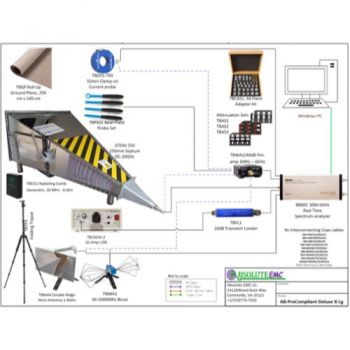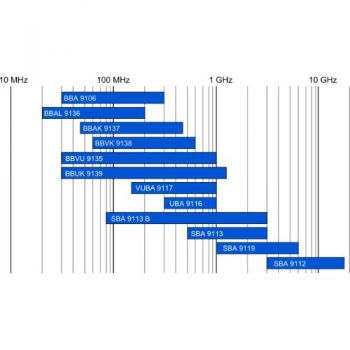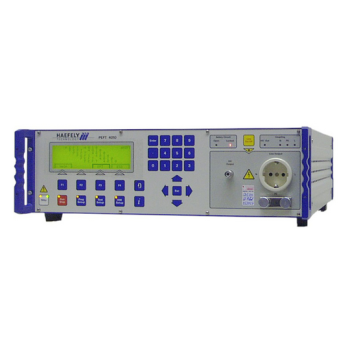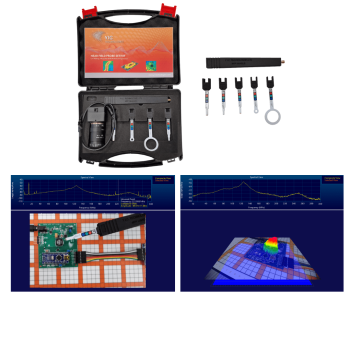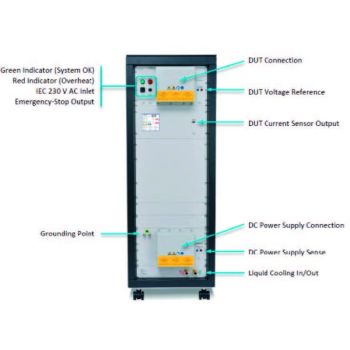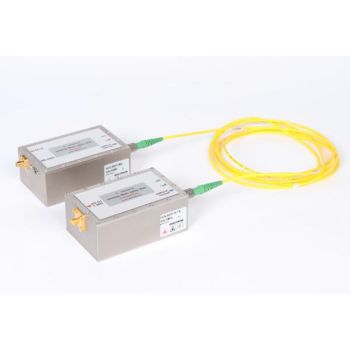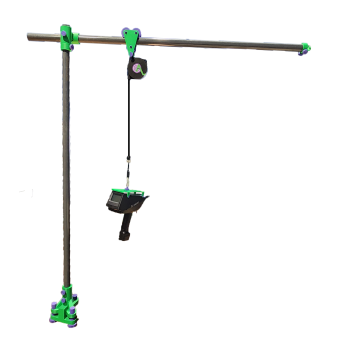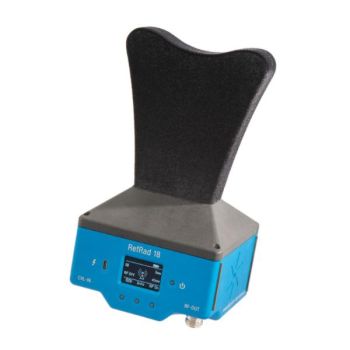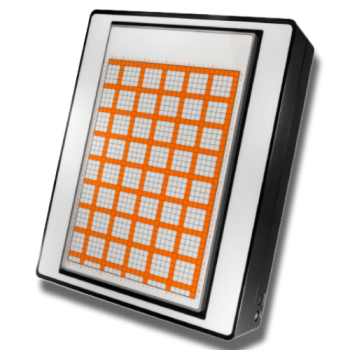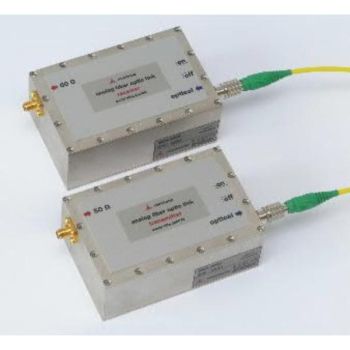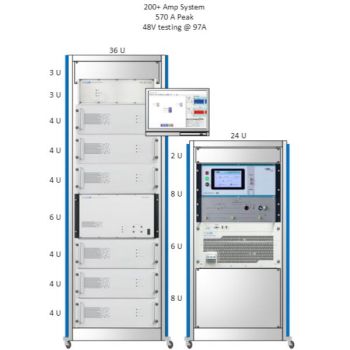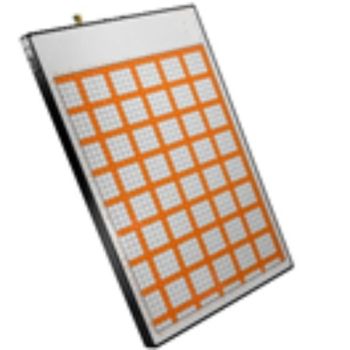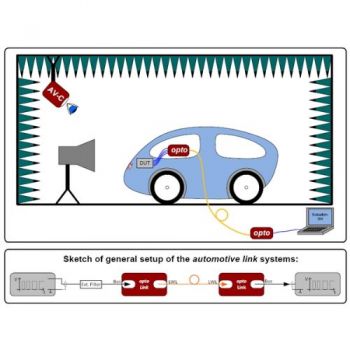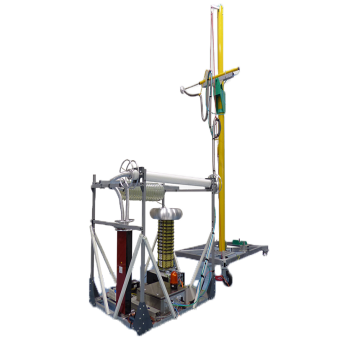E3 = Electromagnetic Environmental Effects
E3 = Electromagnetic Environmental Effects
This is a term used in the military and defense market. Most other industries may use just EMC Electromagnetic Compatability as it acronym. The military does have more to contend with than other industries involving Intentional Radiator threats like EMP and directed energy weapons.
The impact of the electromagnetic environment upon the operational capability of military forces, equipment, systems, and platforms. Information on electromagnetic effects that make up the definition of E3 is provided: electromagnetic compatibility (EMC), electromagnetic interference (EMI), electromagnetic pulse (EMP), electromagnetic vulnerability (EMV), lightning, radiation hazards (RADHAZ), precipitation static (P-Static), and electrostatic discharge (ESD). Consideration of these various aspects of E3 could be crucial to fielding a system that is electromagnetically compatible with itself, surrounding systems, and the operational electromagnetic environment. While EMI, including interference caused by spectrum management problems, can cause catastrophic failures, the majority of interference problems render systems only partially effective in reducing operational readiness and increasing costs. It must be kept in mind that reduced equipment operation is only a nuisance in peacetime training exercises; however, active reduction in wartime, the scenario can result in possible catastrophe because of the complacency of addressing interference problems.
A series of evaluations should be conducted to demonstrate that an item’s engineering design is complete and sound, that E3 has been effectively controlled, and that E3 limitations and vulnerabilities have been identified and documented. These evaluations and the associated test requirements vary depending on the item under consideration and the operational Electromagnetic Effects associated with its intended use. General test requirements and guidelines for electromagnetic compatibility are contained in:
· MIL-STD-461: Interface Standards: Requirements for the Control of Electromagnetic Interference Characteristics of Subsystems and Equipment
· MIL-STD-464: Interface Standards: Electromagnetic Environmental Effects, Requirements for Systems
· MIL-HDBK-237: Electromagnetic Environmental Effects and Spectrum Supportability Guidance for the Acquisition Process


